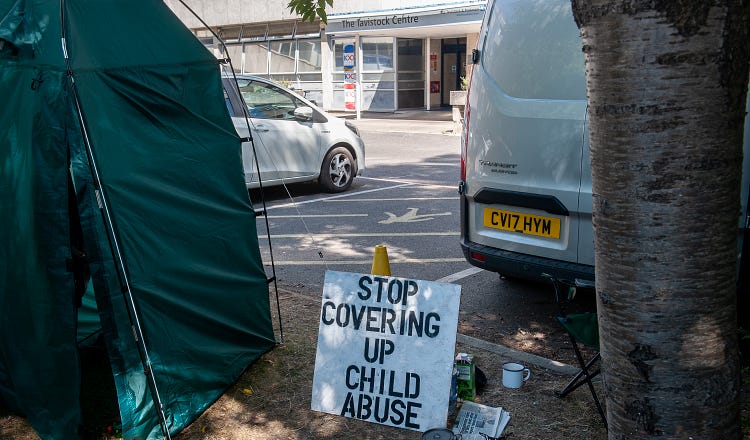The Beginning of the End of ‘Gender-Affirming Care’?

A general view outside The Tavistock Centre on July 29, 2022 in London, England. (Guy Smallman?Getty Images)
Britain is closing the infamous Tavistock Centre. Finland and Sweden have radically revised their treatment guidelines. But American doctors are advertising surgeries to children on TikTok.
710
Over the past three decades, the Gender and Identity Development Service at the Tavistock Clinic in London has seen thousands of British children for gender dysphoria, with a British minister noting a more than 4,000 percent increase of referrals for girls alone in the last decade. But on Thursday, Britain’s National Health Service announced that it was…
Continue Reading The Free Press
To support our journalism, and unlock all of our investigative stories and provocative commentary about the world as it actually is, subscribe below.
$8.33/month
Billed as $100 yearly
$10/month
Billed as $10 monthly
Already have an account?
Sign In


